Military
The Strangest Experimental Weapon Designed for the World's Special Forces

Published:

The United States military recently announced in 2022 the Next Generation Squad Weapons program that would equip the 75th Ranger Regiment, U.S. special forces, and Green Berets with the next, elite firearms that would soon become standard for the military as a whole. The new XM7 is designed to replace the M4 carbine and fire a 6.8mm round while the XM250 is designed to replace the M249 Squad Automatic Weapon (also known as the SAW). The rollout of these weapons began in 2024 and is the latest in the adoption of larger rounds for the military and the advancement of firearm technology.
But weapons development never stops. With a budget of more than $1 trillion per year to defend our country and develop weapons for future wars, the U.S. military is constantly looking for ways to make guns better in every way. Most of this research happens behind closed doors and is classified. Only when the weapons are ready for testing does the public usually find out about them. That being said, there are a few being introduced to our special forces that we have already seen in action. Here are ten future weapons being designed for our special forces.
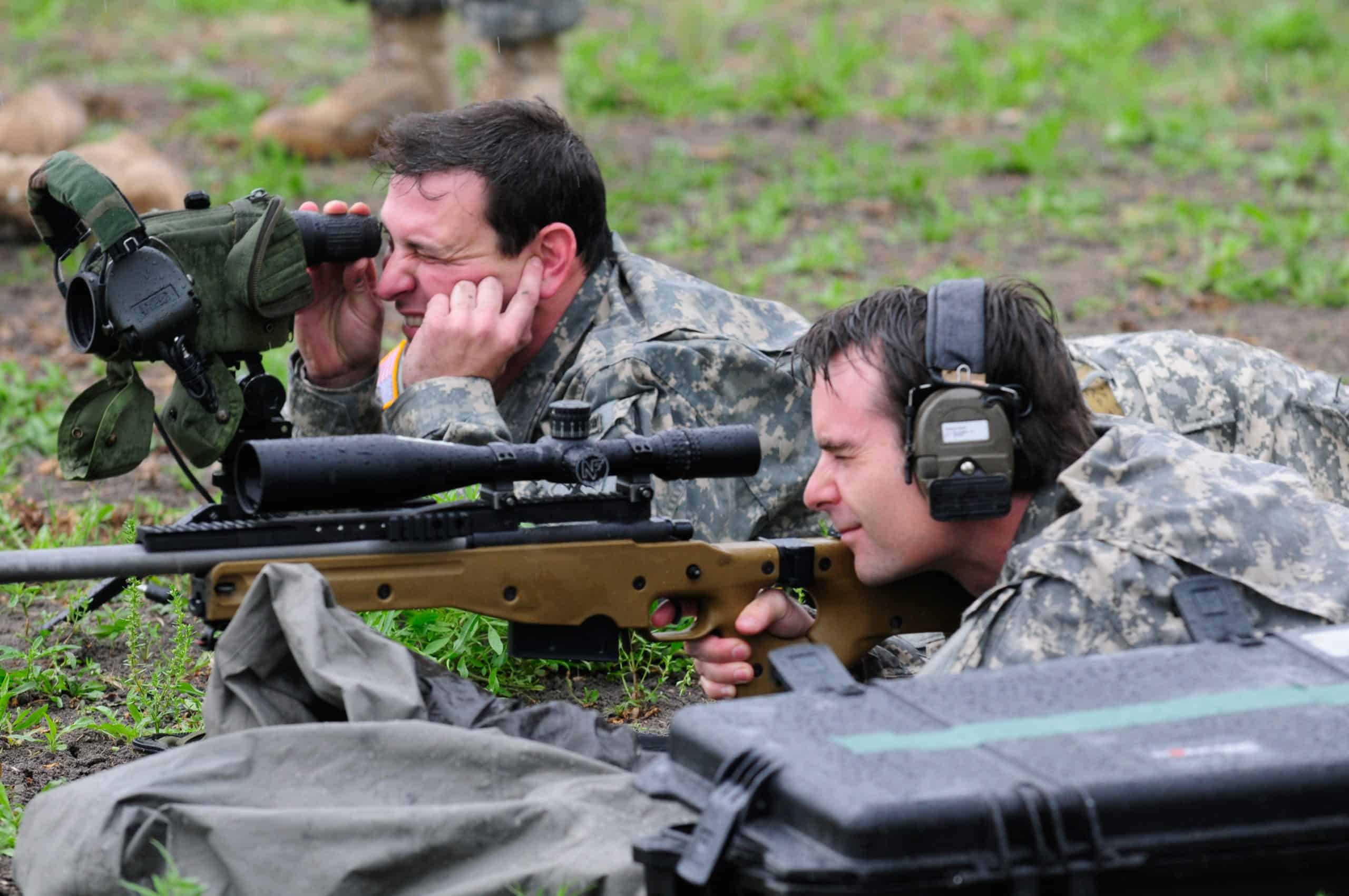
The future of warfare will ever more incorporate aspects of other disciplines, including cyber warfare, energy-based weapons, drone technology, and more. If you are involved in any of the industries or companies that might find themselves developing technology for the military, it might be helpful to understand the trajectory of weapons development. Also, it’s just really fascinating!
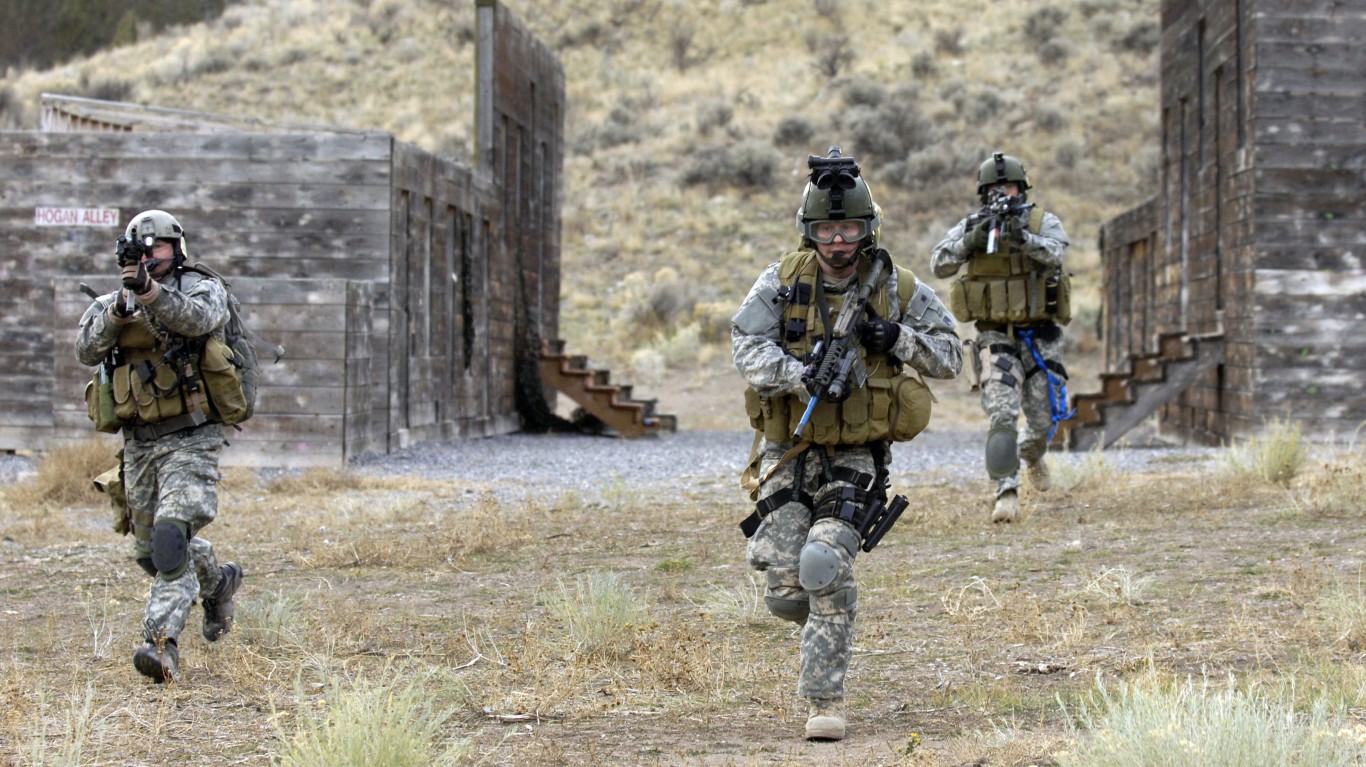
If we’re talking about small arms, this certainly fits the criteria. The Armatix smart pistol is a small .22 caliber weapon that uses a paired smartwatch to control when it can be fired and by who. This does away with finicky fingerprint or handprint reading technology. The firearm’s owner will wear a smartwatch and when the gun registers the watch’s proximity, it unlocks and allows itself to be fired. The watch also allows the user to see the number of shots fired, and other helpful information.
Armatix GmbH, the developer of the first Armatix smart pistol in 2006, is a German-based weapons designer focused solely on creating smart weapons for law enforcement and the military. Success has been slow but the companies continues to work on its smart pistol technology.

It really doesn’t get much smaller than this. The HI MEMS technology is outfitting insects with small electronics and equipment to make them useful and nearly invisible tools of the military. Tiny cameras and tracking systems make these insects the perfect way to track targets or even citizens without the operator being detected or needing to put themselves in any kind of danger.
Interestingly, the government has done extensive research and testing in this area, and it is not a new area of expansion. They have learned that it is easier to implant the technology into a host while it is still in the larva stage and have it be successful.

The XM25 was a new version of hand-held airburst grenade launchers. It has a smaller profile than earlier models and is lighter, making it easier to carry and use while in combat. This version of the grenade launcher featured a laser rangefinder so soldiers can more effectively measure the arc and distance to hit a target. It also has a range that is four times that of the standard grenade launcher in use today.
The program for the XM25 was terminated in 2018, but the United States military retains the rights to the weapon and developments on a next-generation grenade launcher are doubtless underway.
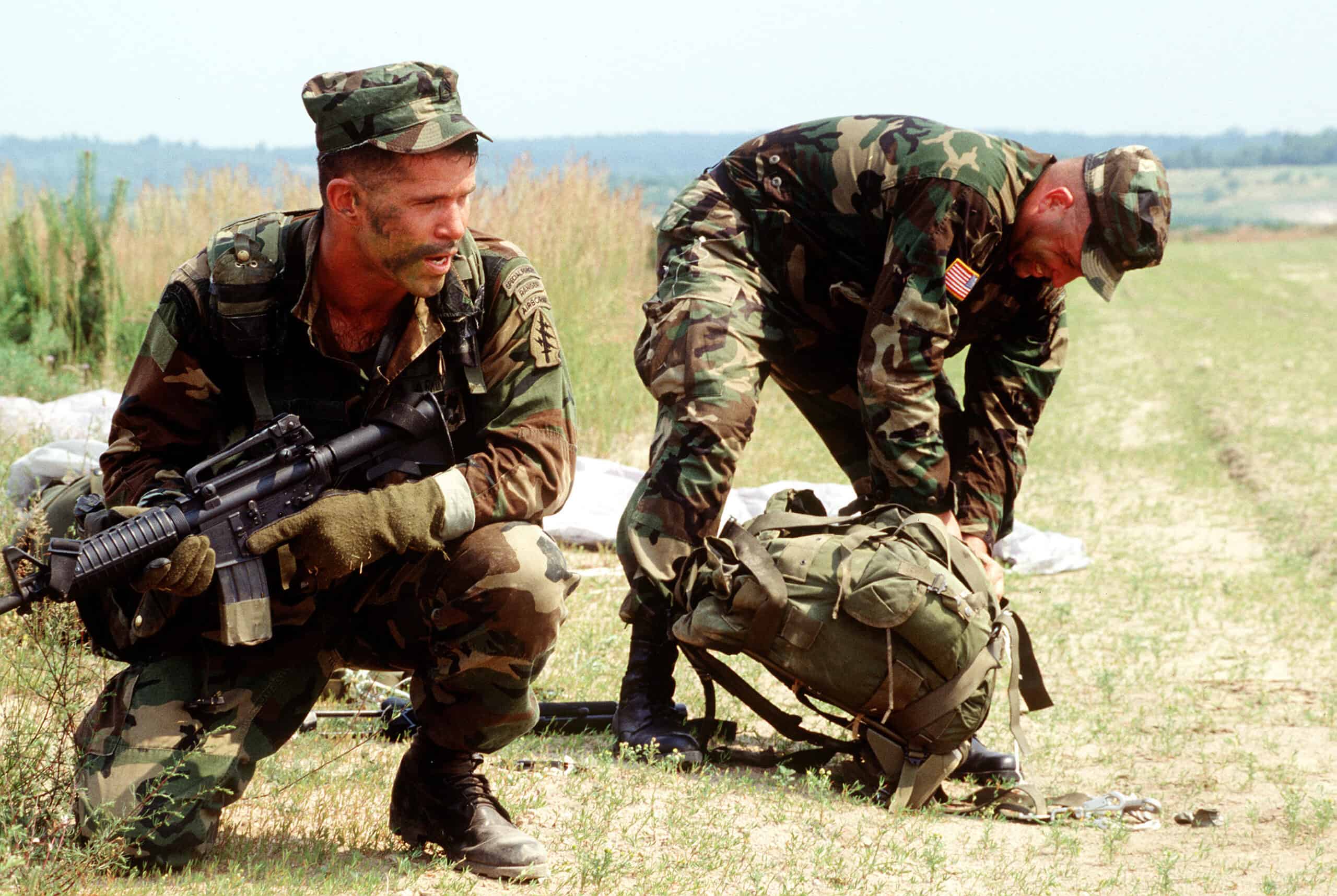
The original CornerShot was developed in the early 2000s for special forces and SWAT teams. It was specifically created to help with combating terrorists or for use in hostage situations. It allows the user to see and fire around corners without exposing themselves to enemy fire.
The reason why it reappears on this list is that newer versions are in development that can be mounted to an M16 rifle and can be remotely placed and operated while behind cover through a wire and video connection.

Precision-guided firearms (PGFs) have been in development for a few years and have usually been limited to long-range rifles that use target tracking, fire control, and a heads-up display to increase range and bullet accuracy. It is based on the missile-lock-on technology used on fighter jets. It has been able to increase the range of successful and reliable shots to over 1,100 meters.
It is now being applied to small arms as well. Pistols with PGF technology reduce mis-aim, shot miscalculation, and trigger jerk. Variants have even been produced that use electronically actuated bullets that can change their trajectory and follow a laser designator to their target.

If you have ever imagined an alien laser weapon, it probably looks something like the PHASR.
The PHASR rifle is a non-lethal laser weapon designed to disorient and blind whoever it is fired at. Full-power blinding laser weapons are actually banned under a 1995 United Nations Protocol on Blinding Laser Weapons, but because the PHASR is designed to cause temporary blindness, it is not banned.
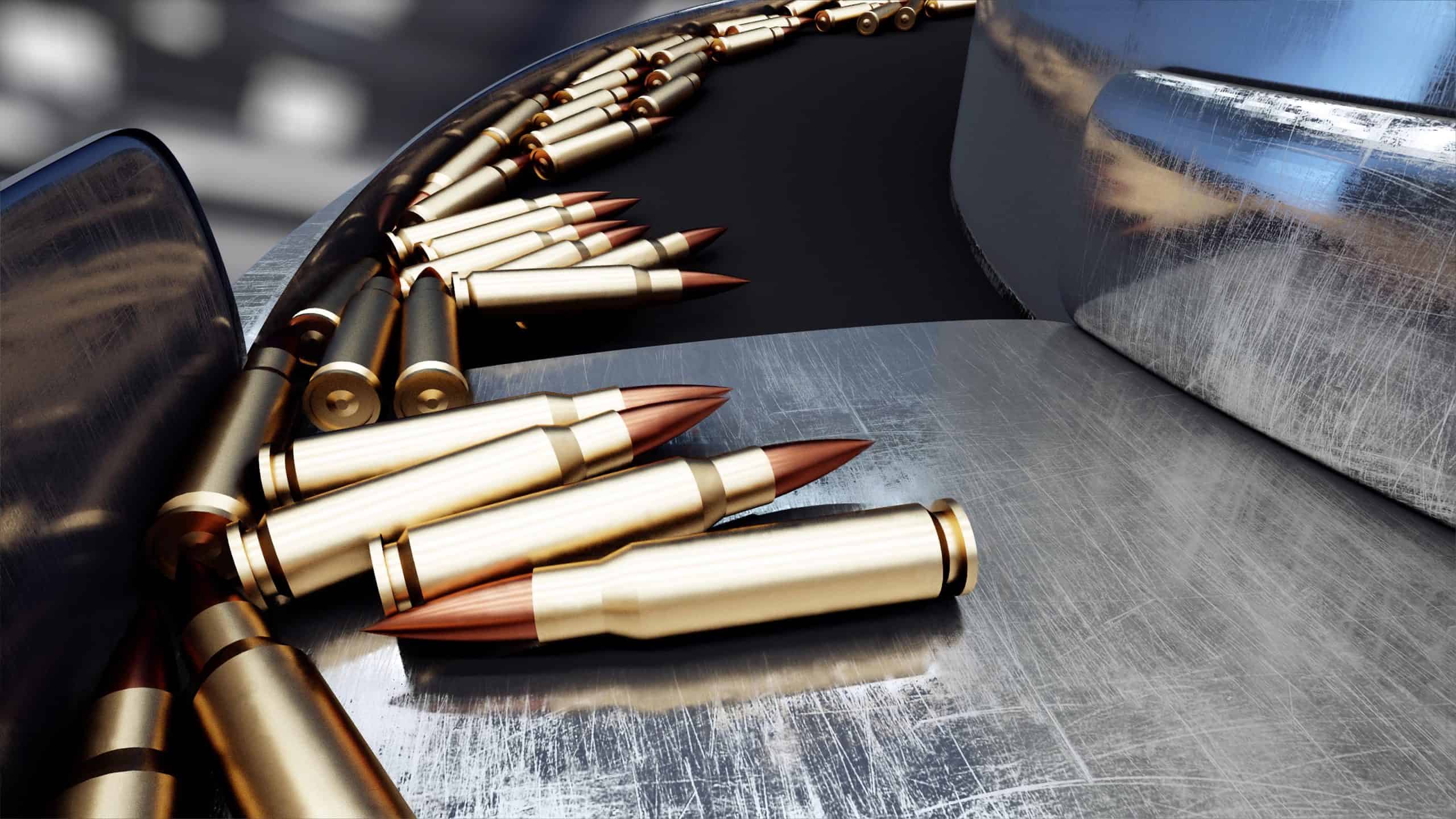
EXACTO rounds are smart bullets designed by Lockheed Martin (NYSE:LMT) to be fired from specialized sniper rifles.
Early versions of the bullets would use “fire and forget” technology and fins and stabilizers to guide the projectile to the target. However, newer versions of the technology are classified and the bullets have no visible fins or any other kind of mechanism that would distinguish them from any normal bullet. In live-fire tests, even inexperienced shooters were able to repeatedly hit a moving target because the bullet would adjust its trajectory mid-flight in order to hit what was being aimed at. Some versions of the technology have been shown to reliably hit a target over six miles away.
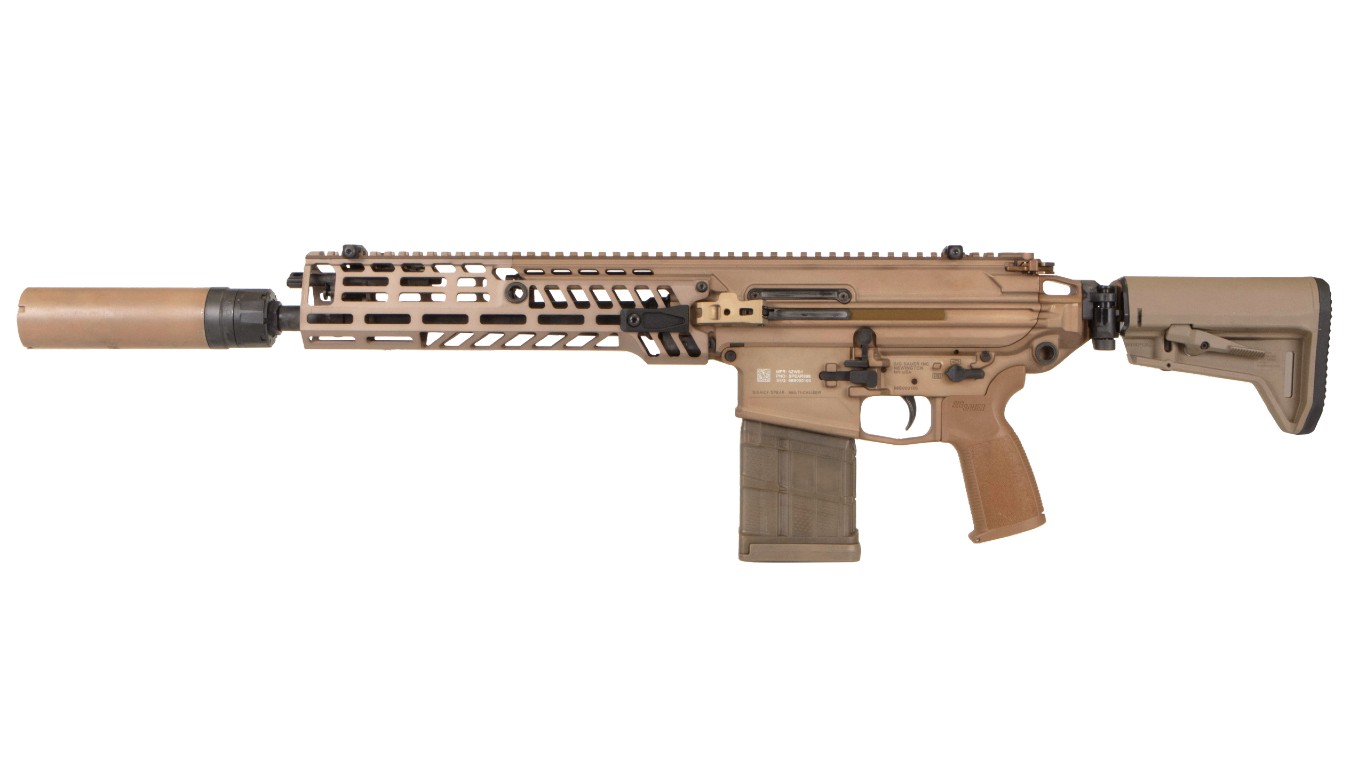
There is a growing movement within military branches to move beyond the 5.56mm and 7.62mm rounds used by the majority of armed forces around the world. As armor and technology improve, the 5.56mm rounds used by most firearms in war will quickly become obsolete and too weak to do meaningful damage. Therefore, guns are being developed to use large and more powerful rounds. This includes the SCAR-SC sub-compact carbine.
The SCAR-SC sub-compact carbine is a new alternative to the primary weapon used specifically by special forces, and specialist forces in Belgium have already begun to test and use the weapon in trial situations. While 5.56mm is still preferred for long-range encounters, the new .300 BLK rounds used by the SCAR-SC sub-compact carbine and other newer guns are much better for close-quarters engagements like those that special forces frequently engage in.
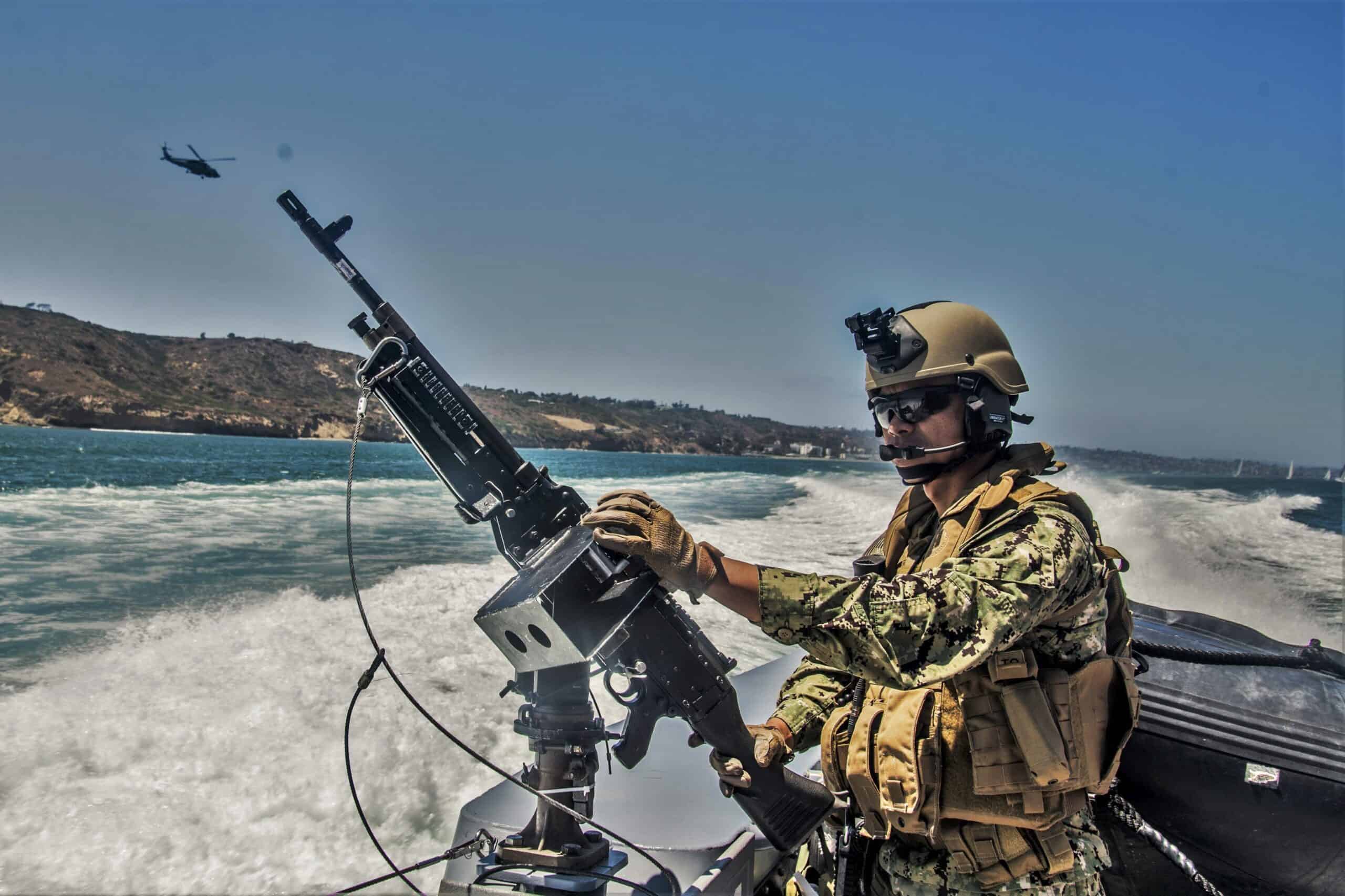
The .338 Norma is a replacement weapon for the M240 and M2 machine guns currently under consideration by the U.S. Army and U.S. Marine Corps. It is the next-generation weapon replacement for these existing weapons. It is currently being developed by the United States Special Operations Command.
The .338 Norma Magnum Machine Gun is able to reliably hit a target at a distance of 1,500 meters, almost doubling the effective range of the M240. The weapon was initially estimated to be ready for full-scale tests in early 2024.
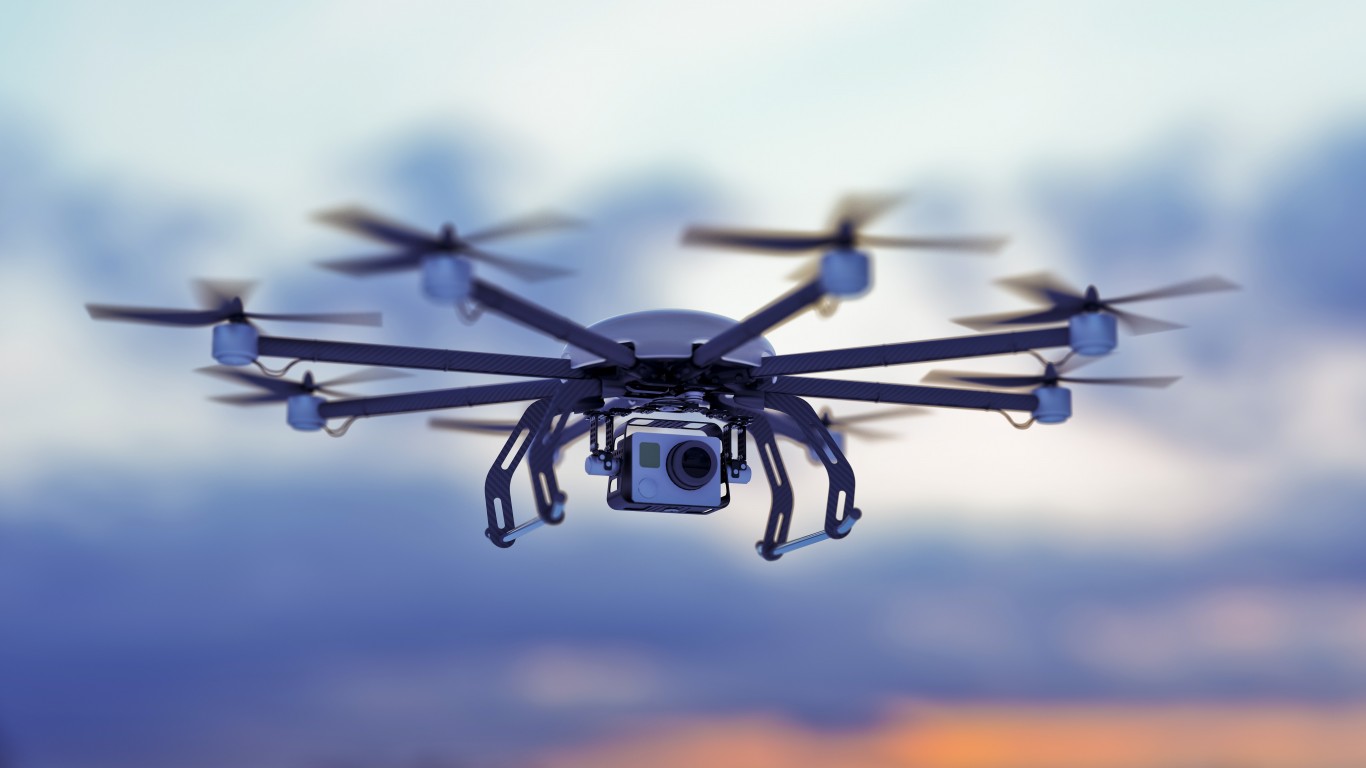
The United States Army first began investments into the M72 in 2021. It is a weapon system that can be mounted on a drone and allows for launching rockets or other anti-armor weapons from the sky. In previous tests, the M72 was attached to a BLADE unmanned drone system which created a long-range, endurance reconnaissance, surveillance, intelligence, and anti-armor hybrid system.
The M72/BLADE weapon can be operated by radio up to nine miles away and can fly for 40 minutes while armed or for 80 minutes on its own. The most impressive part? The system doesn’t need to be aimed manually in order to engage targets. The operator can simply just point at what they want the drone to attack and it will take care of the rest.
Retirement can be daunting, but it doesn’t need to be.
Imagine having an expert in your corner to help you with your financial goals. Someone to help you determine if you’re ahead, behind, or right on track. With SmartAsset, that’s not just a dream—it’s reality. This free tool connects you with pre-screened financial advisors who work in your best interests. It’s quick, it’s easy, so take the leap today and start planning smarter!
Don’t waste another minute; get started right here and help your retirement dreams become a retirement reality.
Thank you for reading! Have some feedback for us?
Contact the 24/7 Wall St. editorial team.